|
Two Ways of Common Praying
The Rev. Canon Kevin J Moroney, Ph.D.
Associate Professor of Liturgics in the H. Boone Porter Chair
General Theological Seminary
Canon Theologian to the Diocese of New Jersey
March 23, 2020
When the rapid spread of the coronavirus overcame us and it became apparent that public church services all over the world were going to have to be postponed, those of us in church leadership scrambled to keep our faith communities together and engaged by providing live streamed services that everyone, or at least those with computers and internet access, could watch and participate in. All hell broke loose on a Thursday and by Sunday an amazing number of our services were up and running online. Really well done.
The following week, as we began to settle into our new normal, discussions started about exactly what we did or might have done and we began to reflect about what is or is not appropriate during this time of separation. While we were having these discussions it also became clear that our time apart was not going to be for three weeks but perhaps as long as three months. This changed the conversation for some because there were no small number of leaders who were happy enough to change to Morning Prayer for three weeks, but the thought of changing for three months felt something like spiritual starvation.
This paper is one liturgical theologian's attempt to reflect on what it can mean to be the Church for an extended period of time when we will be worshipping virtually and thus not receiving communion. I should say at the outset that I do not believe that there is only one way to respond to this crisis. I do believe that there are several perfectly legitimate ways to keep our people faithfully worshipping together, and I believe that it is important to honor and be respectful towards those who have made different choices than we have. This is a time to work together, particularly with our bishops, rather than split into our unfortunate Anglican tendency of church parties.
In his books, Early Christian Worship and Two Ways of Praying, liturgical theologian Paul Bradshaw shows how the history of Christian worship has always been informed by two broad traditions: that of the town or city, and that of the desert or wilderness. The city gave us our sacred spaces, our trained clergy, our large gatherings and celebratory eucharists, and most of our Sunday worship today is shaped by that tradition. The desert was more lay oriented, people praying the psalms through the day for spiritual formation. It is a slightly different notion of community, one that had social distancing built into it to a certain degree. It is where the monastic tradition was born and it is witnessed to in our Prayer Books in the Daily Offices. Both traditions did have daily prayer and both did traditions have the eucharist, but they had slightly different points of emphasis concerning how to be a Christian community.
What unifies the two traditions is the Presence of Christ that exists in both. In Sacrosanctum Concilium, the first document published during Vatican II, our Roman Catholic sisters and brothers identified four modes of Christ's presence: in the minister, the sacraments (all, not just the Eucharist), the Word and the Assembly. During this time without reception, I think it is crucial to embrace the truth of Christ's presence, not only in the Eucharist, but also in the Word and in the Assembly, perhaps more than ever before. For my own part, I have concluded that virtual attendance is real presence, thus virtual attendance truly constitutes an assembly of the baptized. This can also eliminate any worries about 'private masses.' The Association for Theological Schools, which accredits all our seminaries, concluded several years ago that virtual attendance in class constitutes real contact for credit hours, and I have received enough feedback from the members of the church where I serve as a supply priest to conclude that they truly are a part of the service. The main point is for us to worship in Christ's and one another's presence, and it is no theological novelty to suggest that Christ is truly present in each way.
Today, some of us feel the best path to seeking that Presence is to move towards the desert with Morning Prayer. Some of us feel the best path to seeking that Presence is to continue praying the Holy Eucharist, with some praying Ante-Communion and some the entire rite. In each case our leaders are wrestling with how to know that Presence in the face of non-reception. In this we are united and I believe it is important to see the larger question this way.
For those who celebrate the entire rite of the Eucharist, questions quickly arose regarding the possibility of drive-by communion after the service, virtual consecration at home, or spiritual communion for those at home. First, I urge us not to practice drive by communion. We are committed to social distancing due to the ease with which this disease spreads. A drive-by simply replaces the altar rail with a car window, and we may be communicating something back and forth other than the sacrament. Second, virtual consecration is not possible under the rubrics of the 1979 Book of Common Prayer (pp. 334 & 362), which requires the celebrant to physically touch what is being consecrated. Third, what is called spiritual communion is provided for in a lengthy rubric on page 457 of the Prayer Book for someone who "desires to receive the Sacrament, but, by reason of extreme sickness or physical disability, is unable to drink the Bread and the Wine ." So while spiritual communion exists, the Prayer Book never envisioned our current crisis, and the provision is not for our current context. Some may draw on the spirit of the rubric and I am not judging that, but I must add that the rubric does not say that or anything like "some other appropriate reason." We may want to consider adding something like that, but in this time I have a concern that it can unintentionally rationalize away the lament of not receiving.
As we go through this crisis, and theology meets practice, changes to rubrics may eventually be made. But unless and until that happens, we will always return to the question of how to worship without receiving communion for an extended period of time. For those who are currently praying Morning Prayer or Ante-Communion, decisions will have to be made about switching to the Eucharist at least on days like Palm Sunday, Easter, Pentecost and Trinity Sunday. On those days when the Eucharist is celebrated, and for those churches who have decided to continue celebrating the Eucharist weekly, I suggest that it is appropriate to include a prayer that both celebrates our ability to gather virtually while lamenting the separation that makes communion impossible. I have written one that anyone is free to use or edit. This would require the approval of your bishop under the terms of the note in the third paragraph on page 13 of the Prayer Book:
Celebrant and people together, in place of the Post-Communion Prayer
Lord of the Feast, we thank you for gathering us as your people. We call to remembrance the many times we have been fed at your table and we lament our distance now. Be present Lord Jesus as you were present with your disciples, be known to us in the breaking of the bread, and may your Holy Spirit sustain us and all your Church until we can gather together again. We ask this for the sake of your love. Amen.
For those using Morning Prayer or Ante-Communion on most Sundays, perhaps a slightly different version of the General Thanksgiving would be appropriate; one that adds a seasoning of lament:
God of all mercies,
we your children give you humble thanks
for all your goodness and loving kindness
to us and to all whom you have made.
We bless you for our creation, preservation,
and all the blessings of this life;
but above all for your immeasurable love
in the redemption of the world by our Lord Jesus Christ;
for the means of grace, and for the hope of glory.
And, we pray, give us such an awareness of your presence,
that as we lament our separation during this time of disease,
we may continually show forth your praise,
not only with our lips, but in our lives,
by giving up our selves to your service,
and by walking before you
in holiness and righteousness all our days;
through Jesus Christ our Lord,
to whom, with you and the Holy Spirit,
be honor and glory throughout all ages. Amen.
It may be that, as we move through this crisis, we develop ways to communicate our people in ways that are safe. Until that time, I suggest themes of gathering, presence and lament as ways we can honor the disruption while remaining faithful to our worshipping traditions, both the city and the desert.
Author''s Note: The title of this work, Two Ways of Common Praying, is taken with intention from a book by Paul Bradshaw titled Two Ways of Praying, which helped shape my initial thoughts about the subject of how to worship virtually during the physical separation required by COVID-19.
|






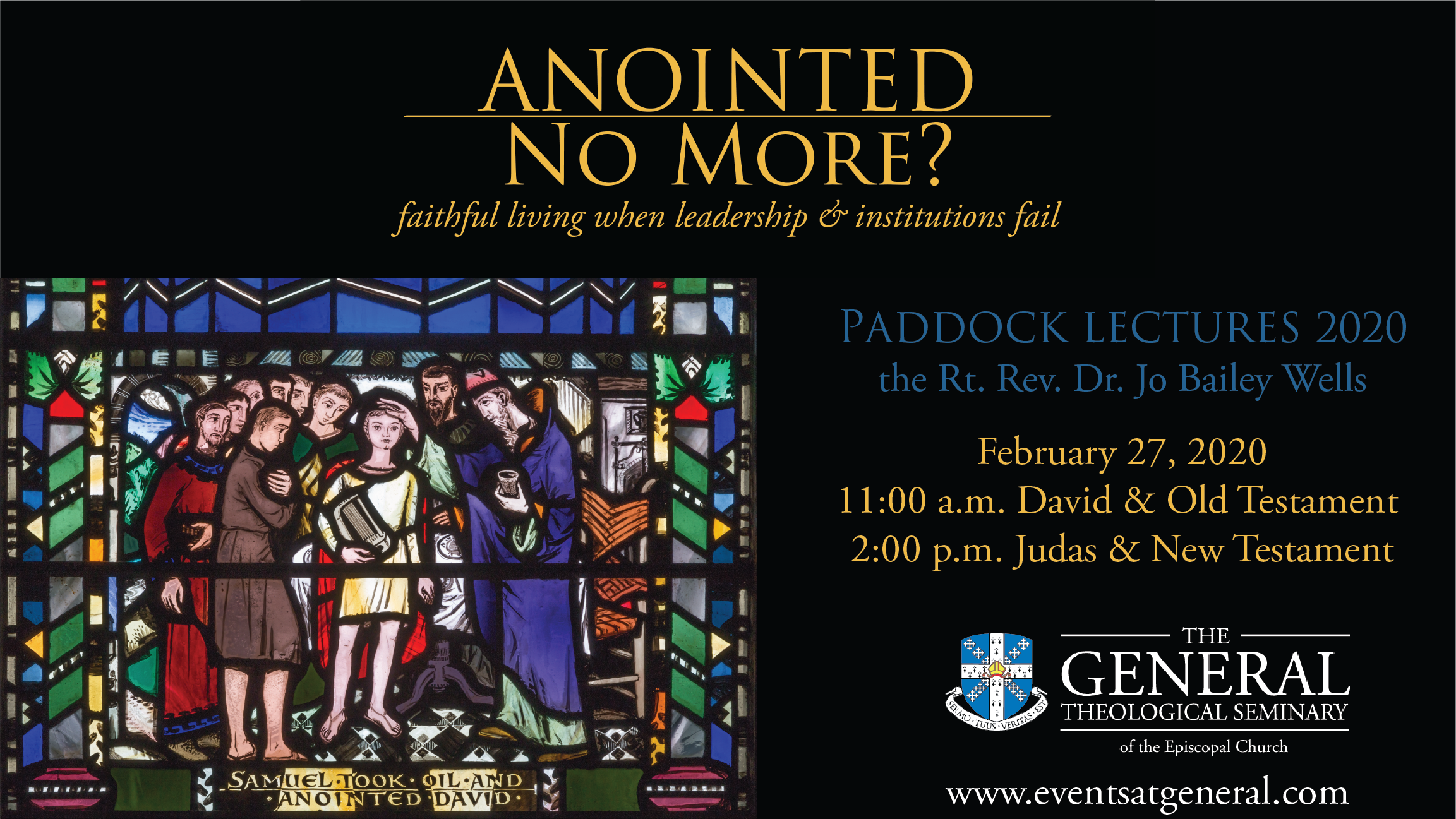

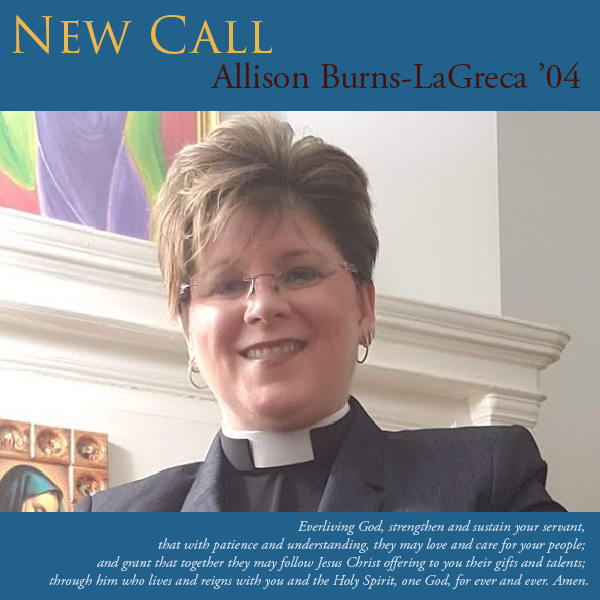
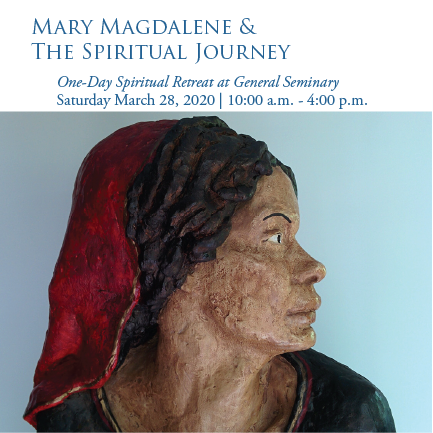
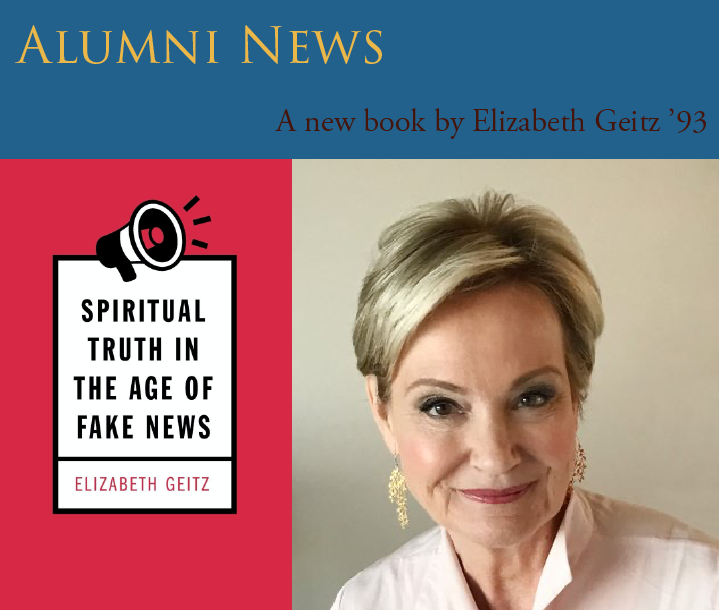

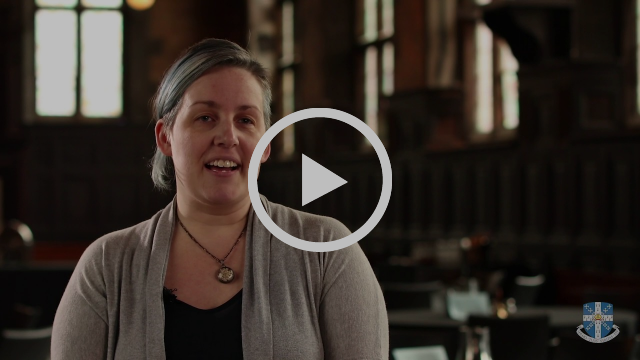
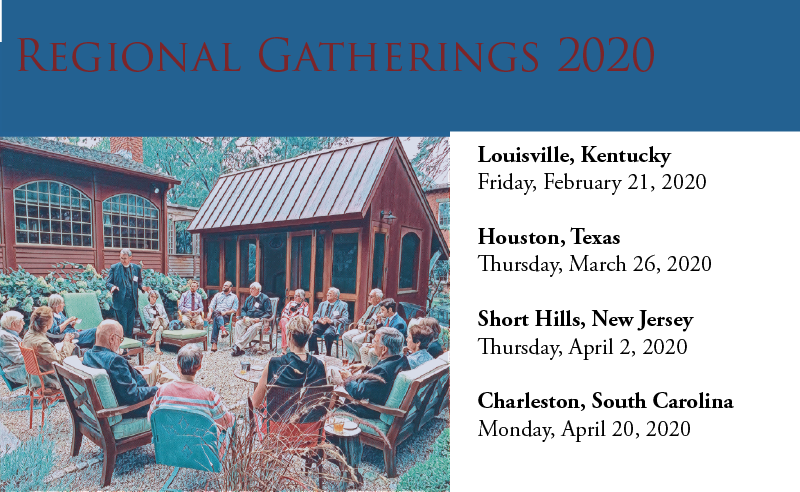

 Arts and Entertainment
Arts and Entertainment Business and Industry
Business and Industry Computer and Electronics
Computer and Electronics Games
Games Health
Health Internet and Telecom
Internet and Telecom Shopping
Shopping Sports
Sports Travel
Travel More
More